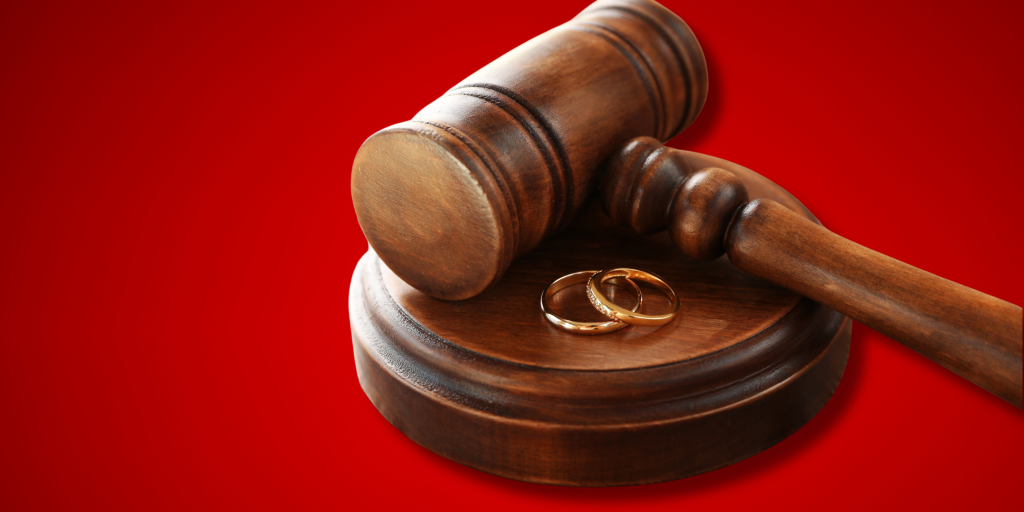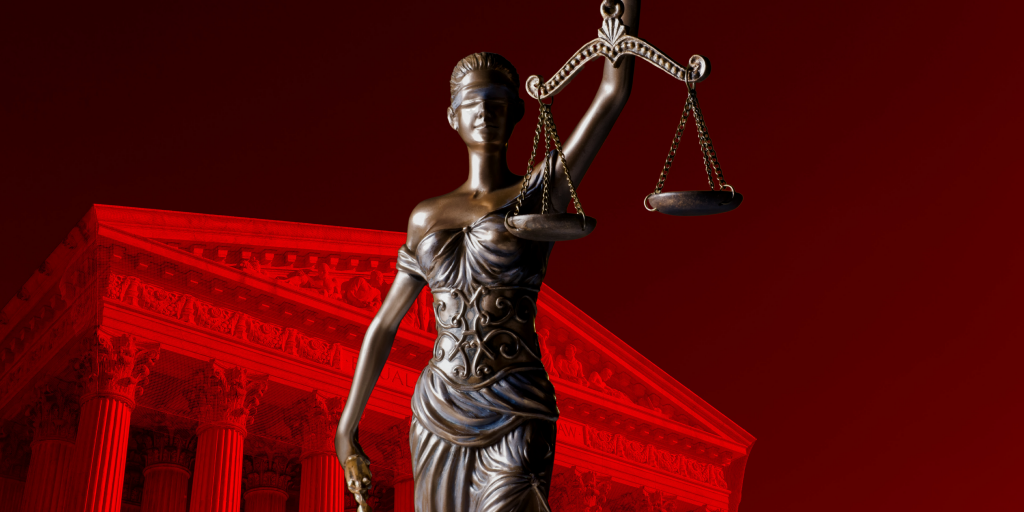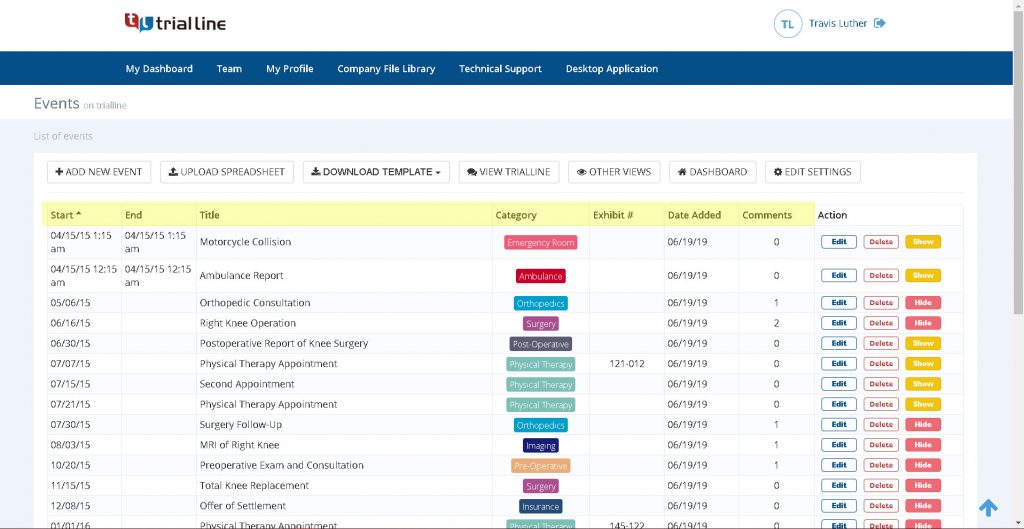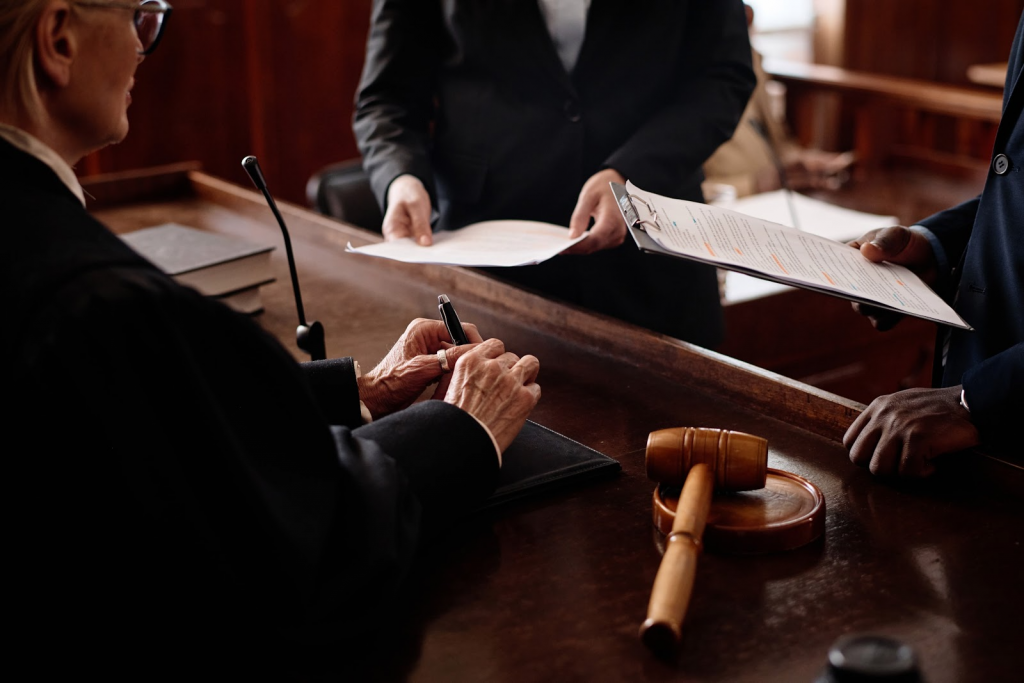The court system is often misrepresented on television, as most cases don’t go to trial or lead to prison sentences. A case follows a specific path through the legal system, ensuring that justice is organized and procedural.
The legal process provides structure, consistency, and fairness, allowing issues to be handled efficiently and effectively. To understand how this process ensures fair treatment for all parties and how each step impacts the next, here’s a breakdown of how a case progresses through the court system. We’ll also look at how legal timeline software can assist legal professionals and clients in monitoring and managing the case, ensuring they know the upcoming steps and actions required.
Step-by-Step Case Processing in Limited Jurisdiction Courts

Limited jurisdiction courts have the authority to hear only specific types of cases as defined by law. Their jurisdiction is “limited” compared to general jurisdiction courts, which handle a broader array of cases. The cases heard by limited jurisdiction courts often include misdemeanor criminal cases, traffic violations, small claims disputes, and preliminary hearings for more serious offenses. These courts are designed to process cases quickly, reducing the burden on higher courts and ensuring that justice is served at every level.
The case timeline through a limited jurisdiction court can vary depending on the type of case, but the overall process generally follows a standard sequence of steps. Each phase ensures that the case is handled efficiently, with a focus on resolving disputes quickly while maintaining fairness.
Step 1: Filing the Case
The case begins with the filing of a complaint or the issuance of a citation. For civil cases, the plaintiff files a formal complaint, while for criminal matters law enforcement may file charges or issue citations. The court then assigns the case and schedules a hearing.
Step 2: Initial Hearing or Arraignment
In criminal cases, the defendant attends an arraignment, where they are informed of the charges and asked to enter a plea (guilty, not guilty, or no contest). In civil cases, the court may hold an initial hearing to determine if the case has merit and whether both parties are ready to proceed.
Step 3: Discovery and Pre-trial Motions
During the discovery phases, both sides exchange information and evidence. Pre-trial motions may be filed to resolve certain issues before trial, such as motions to dismiss or to suppress evidence.
Step 4: Settlement or Plea Bargaining
Most cases in limited jurisdiction courts are resolved before trial through settlements in civil cases or plea bargains in criminal cases. This helps avoid lengthy trials and provides quicker resolution.
Step 5: Trial
If no settlement or plea agreement is reached, the case proceeds to trial. Trials in limited jurisdiction courts are often quicker, with bench trials (decided by a judge) being the norm. Both parties present their evidence and arguments.
Step 6: Judgment or Sentencing
After the trial, the judge
Step 7: Post-Trial Motions and Appeals
After the judgment or sentencing, either party can file post-trial motions or, in certain cases, appeal to a higher court. Appeals from the limited jurisdiction courts usually focus on correcting legal errors made during the case.
This process ensures that cases are handled efficiently and in a timeline manner, providing quick access to justice for minor disputes or infractions.
Order of Events in a Criminal Case

The criminal justice system is designed to uphold fair trials for those accused of crimes, while also ensuring victims receive justice. Criminal court cases involve a structured process with each step playing a crucial role in administering justice. From initial arrest to sentencing, the case follows a procedural path that safeguards the rights of both the accused and the public. Below is the outline of a criminal case process, explaining how each phase functions and what individuals can anticipate as their case progresses through the judicial system.
Step 1: Arrest and Booking
The criminal case process begins with an arrest. Law enforcement officers may arrest an individual if they have probable cause or with an arrest warrant. After the arrest, the suspect is taken to a police station for booking, where their details are recorded, fingerprints are taken, and photographs are collected.
Step 2: Initial Appearances and Bail Hearing
Following the arrest, the accused appears in court for the initial appearance where they are formally informed of the charges against them. This step usually happens within 24 to 48 hours of the arrest. During this hearing, the court may also determine whether to release the accused on bail or keep them in custody, depending on factors like the severity of the crime, the risk of flight, and community safety.
Step 3: Arraignment
During the arraignment, the defendant is formally charged with the crime and enters a plea. A guilty plea leads to the scheduling of a trial, while a guilty or no-contest plea may result in immediate sentencing or a plea agreement.
Step 4: Discovery and Pre-Trial Motions
The discovery phase involves both the defense and prosecution exchanging evidence and information. This ensures that both sides are aware of the evidence that will be presented in court. During this time, pre-trial motions may also be filed, which could include requests to dismiss certain charges or to suppress evidence obtained unlawfully.
Step 5: Plea Bargaining
Many criminal cases do not go to trial. Instead, the prosecution and defense in plea bargaining, where the defendant agrees to plead guilty to a lesser charge in exchange for a more lenient sentence or a reduction of charges. This often speeds up the resolution of the case.
Step 6: Trial
If a plea bargain is not reached, the case proceeds to trial. Trials can be either jury trials or bench trials, where the judge alone decides the case.) During the trial both sides present their evidence, examine witnesses, and make arguments to the judge or jury. The prosecution must prove the defendant’s guilt beyond a reasonable doubt.
Step 7: Verdict
Once all evidence has been presented, the judge or jury deliberates and delivers a verdict. The verdict can be guilty or not guilty. If found not guilty, the defendant is acquitted and released. If found not guilty, the case moves to the sentencing phase.
Step 8: Sentencing
After a guilty verdict, the judge holds a sentencing hearing where they determine the punishment for the defendant. The sentence may include fines, probation, community service, or imprisonment, depending on the severity of the crime and other factors such as prior criminal history.
Step 9: Appeals
If the defendant is convicted, they have the right to file an appeal. The appellate court reviews the case for legal errors made during the trial that could have affected the verdict. The appeals process may involve retrying the case or presenting new evidence.
Court Case Process for Civil Cases

The court case process for civil cases is a structured legal procedure used to settle disputes between individuals, businesses, or organizations. Unlike criminal cases, they focus on civil wrongs rather than crimes and typically result in financial compensation or specific legal actions.
Step 1: Filing a Complaint
The process begins when the plaintiff files a complaint with the court. This document outlines the facts of the case, the legal basis for the claim, and what the plaintiff seeks as a remedy— usually monetary damages or specific legal relief. The filing of the complaint officially starts the lawsuit.
Step 2: Serving the Complaint and Summons
Once the complaint is filed, the plaintiff must serve the defendant with a summons and a copy of the complaint. The summons notifies the defendant that they are being sued and informs them of the deadline to respond. This service ensures the defendant is aware of the legal action and is allowed to defend themselves.
Step 3: Defendant’s Response
The defendant has at least 20 to 30 days to file a response to the complaint. This may be in the form of an answer, where the defendant admits or denies the allegations. Alternatively, the defendant may file a motion to dismiss, arguing that the case should not proceed due to legal deficiencies, such as lack of jurisdiction or failure to state a claim.
Step 4: Discovery Process
During the discovery phase, both the plaintiff and defendant exchange evidence and information related to the case. Discovery ensures that both parties have access to facts, helping them build their cases. Discovery methods include:
- Interrogatories: written questions that must be answered under oath
- Depositions: oral testimony taken outside of the court, recorded for use in the trial
- Requests for Production: document or evidence the opposing side must provide
- Requests for Admission: statements the other party must admit or deny.
This phase can take time, depending on the case’s complexity and the evidence volume.
Step 5: Pre-Trial Motions
Before the trial begins, either party may file pre-trial motions. These motions can shape the direction of the trial or even resolve the case without needing a full trial.
Common motions include:
- Motion for Summary Judgement: Asking the court to rule in their favor based on the evidence presented arguing that there is no need for a trial.
- Motion to Dismiss: Requesting the court dismiss the case due to insufficient evidence or lack of legal grounds.
Pre-trial motions may significantly impact whether the case proceeds to trial or is resolved earlier.
Step 6: Settlement Negotiations
In many civil cases, the parties will engage in settlement before the case goes to trial. Settlements allow both sides to resolve the dispute without the uncertainty of a trial. Typically, the plaintiff agrees to drop the case in exchange for compensation or another form of relief from the defendant. Settlements are often quicker and less costly than going to court.
Step 7: Trial
If no settlement is reached, the case proceeds to trial. Civil trials can be held before a judge or a jury depending on the nature of the case and the parties’ preferences. During the trial, both sides present their evidence, call witnesses, and make arguments to support their claims.
The burden of proof will be on the plaintiff, who must prove their case by a preponderance of the evidence — meaning it is more likely than not that their claims are true.
Step 8: Judgment
Once the trial concludes, the court issues a judgment. If the plaintiff wins, the judgment will outline the relief granted, such as monetary damages or specific actions the defendant must take. If the defendant wins, the case is dismissed, and no compensation is awarded.
Step 9: Appeals
Either party may file an appeal if they believe the court made legal errors during the trial. The appellate court reviews the trial record but does not hold a new trial or consider new evidence. If the appellate court finds that errors occurred, it may reverse the judgment, modify it, or send the case back to the lower court for a new trial.
The legal system can seem complex, but knowing the steps of a case— from filing the initial complaint to potential appeals— can help simplify the process. Each phase is structured to promote fairness and allow both parties to present their case. To smoothly navigate each step, legal professionals often collaborate with legal teams, relevant parties, and clients using legal trial timeline software.
Streamlining Case Process with Legal Timeline Software

Given the intricacies of legal processes, managing multiple cases and deadlines can be challenging. Legal timeline software provides a solution by streamlining case management, improving accuracy, and enhancing the legal process for law firms, professionals, and clients.
Centralized Case Management
Legal timeline software centralized case data, eliminating confusion and errors while ensuring easy accessibility. With a detailed timeline outlining key events, motions, filings, and court appearances, legal teams can efficiently track case status, anticipate future tasks, and enhance collaboration among attorneys, paralegals, and clients.
Improved Communication with Clients
Clients may find the legal system complex and difficult to understand. Litigation management software helps by providing a clear visual representation of the case process, allowing clients to see their case’s progress, understand upcoming steps, and participate more actively in decision-making.
Enhanced Deadline Tracking and Compliance
Missing a deadline can have severe consequences, from lost motions to dismissed cases. One of the most valuable features of case timeline software is its ability to track deadlines with precision, from filing dates to discovery cutoffs.
Simplified Case Analysis and Strategy Development
Developing a strong legal strategy requires a thorough understanding of the case’s history, including significant events, filings, and rulings. Litigation timeline software offers a clear chronological view of the case, enabling attorneys to easily assess the sequence of events and evaluate how past actions shape future strategies. By visualizing the entire case, legal professionals can effectively spot patterns, anticipate challenges, and craft persuasive arguments. Additionally, the ability to link supporting documents and evidence directly to the timeline provides quick access to crucial information, ensuring that attorneys have all the necessary resources readily available, streamlining preparation, and reducing the risk of missing important details.
Facilitate Collaboration Among Legal Teams
In large firms managing multiple cases, coordinating team efforts can be difficult. Trial timeline software facilitates collaboration by allowing all team members to avoid and update the timeline in real time, ensuring everyone is aligned and preventing redundant work.
Customization for Different Case Types
Legal cases vary widely, demanding specific procedures. Legal timeline software allows professionals to customize timelines to suit the unique needs of each case, ensuring accuracy and relevance for civil litigation, criminal defense, or family law cases. This flexibility is particularly beneficial for multi-jurisdictional or complex cases.
Legal professionals are expected to handle increasingly complex cases with precision and efficiency. Legal timeline software offers a valuable solution for managing different case processes.
By streamlining case processes, enhancing collaboration, and reducing the risk of error, legal timeline software not only makes the case management process more manageable but also allows legal teams to focus on achieving the best possible outcome for their clients.
Legal Timeline Software for Different Case Processes

Every case is unique, making it challenging to find a legal timeline solution that fits all. However, with TrialLine, managing any case becomes easier. TrialLine is a legal timeline software designed for legal teams of all sizes, enabling seamless collaboration. This cloud-based mediation tool provides law firms and attorneys with in-depth insight into their cases. They can create customized legal timelines that present the key details of their case in an easy-to-follow, event-by-event format.
Collaboration is made effortless with TrialLine. Organize and share case events and related documents with staff, experts, juries, opposing counsel, and other attorneys with ease.
Enhance your case management. Sign up for a free trial and schedule a demo with one of TrialLine’s experts to experience the platform firsthand.






